Global dairy forecast: 2024 milk production and trade

The USDA’s Dairy Global Market Analysis report elaborates on the 2024 forecast for milk production and trade of milk products, focusing on major producers and exporters. Let’s find out the expected 2024 production figures and trade dynamics.
Year-on-year price declines and ‘only moderate’ growth in volumes of shipments for several US dairy products are expected to persist in 2024, contracting total dairy export values. However, stronger demand for skim products is anticipated in the latter half of the year as US price competitiveness improves.
Non-fat dry milk and whey, pivotal for exports, are forecast to see sustained lower prices year-on-year in the first half of 2024, and volumes are expected to be weak due to soft demand from East and Southeast Asia. Here, consumers have been grappling with high food inflation, substantial currency depreciation against the US dollar forcing higher imported food prices, all putting a dent in consumer purchasing power.
Fluid milk production will increase by 1% in 2024. Looking at cheese, significant investments have been made in expanding processing capacity to meet the growing domestic and global demand for cheese; in 2024, that expanded capacity and the accelerated growth in milk production are expected to drive a 2% increase in cheese production, leading to an 8% jump in exports to 466,000 tonnes. Higher import demand is expected from Japan, China, Mexico, South Korea, and the Philippines.
Skim milk powder output is forecast to grow 11% in 2024 to 1.30 million tonnes, reflecting higher milk production. Exports are slated to grow 3% to 838,000 tonnes, a reversal from the modest decline in exports in 2023, reflecting larger exportable supplies and recovery in shipments to price-sensitive markets in East and Southeast Asia.
In general, FY2024 is forecast to resemble much of the monthly data in FY2023, in that signs of growth in some categories are invariably surmounted by declines in others.
Australia: Labour availability key to milk production
Fluid milk production is forecast to increase by 1% to 8.5 million tonnes in 2024 as beef cattle prices have fallen and labour shortages abated. Both issues have been major contributing factors in the decline in milk production over the prior 3 years. Although labour shortages continue to be an issue for Australian dairy farmers, this has improved as the number of working holidaymakers has returned to pre-pandemic levels and workers entering as part of the Pacific Australia Labor Mobility scheme are at record levels. Strong farmgate milk prices are expected to continue in 2024, providing further tailwinds for increased milk production.
Cheese production is forecast to increase by 5% to 445,000 tonnes in 2024, continuing the industry-wide trend of milk processors funnelling the larger milk pool toward cheese and away from other processed products. Cheese exports are forecast to rebound significantly in 2024 after a weak 2023, supported by improving import demand and a regain in competitiveness in Japan, China, South Korea, and the Philippines. A forecast 3% decline in skim milk powder production will constrain exportable supplies.
New Zealand endures El Niño weather patterns
In 2024, New Zealand’s milk production is projected to experience a marginal decline to 21.2 million tons, as dairy farmers are faced with several challenges. Factors most prominently contributing to this outlook include the impact of El Niño weather patterns, a reduction in farmgate milk prices, persistent on-farm inflation, and a shrinking dairy herd.
Cheese production is forecast to remain unchanged, despite shrinking milk output. Cheese exports are forecast to decline in 2024, as increased competitiveness from Australia and the EU is expected to pressure market share in markets like China and Japan.
Butter production will increase by 3% as milk volumes are expected to shift towards the production of high-milk fat products as demand for whole milk powder remains depressed in major markets including China, Indonesia, Bangladesh, and Singapore. On the other hand, whole milk powder production is forecast to decline to just under 1.4 million tons in 2024, reflecting a smaller milk pool and lower profitability for whole milk powder production relative to other products. This reduction in whole milk powder output and weaker import demand from China and stagnant demand from Algeria and Indonesia will see exports decline by 2%.
The European Union’s dairy herd reduction challenge
In the European Union, a marginal decline in milk production is anticipated, with a decrease of 200,000 tonnes bringing the total to 144.6 million. A modest improvement in cow productivity is insufficient to counteract additional reductions in the dairy herd. Persistent declines in farmgate milk prices, coupled with consistently high production costs, continue to exert pressure on dairy farmers, particularly in major producing member states such as Germany, France, Spain, and Poland.
The Dutch government’s nitrogen emissions cap and the Irish government’s proposed voluntary payment scheme to incentivise dairy cow slaughter add further complexity as these factors are expected to lead to further market consolidation and closures among smaller producers.
Cheese production is forecast up marginally in 2024 despite weaker milk production as profitability is expected to remain higher compared to butter and milk powders. Additionally, slowing demand in China for milk powders may encourage an increased focus on cheese production. On the domestic front, heightened consumption is expected, driven by rising incomes, economic recovery, and the resurgence of the hospitality sector and tourism to pre-Covid levels. EU cheese exports are estimated to climb by 1% in 2024, propelled by a global uptick in cheese demand.
Butter and skim milk powder production and exports are forecast to decline in 2024 as lower milk production and weaker demand from Asia encourage processors to shift processing milk into cheese production.
Argentina faces currency devaluation drawback
In Argentina, milk production is forecast to fall over 2% in 2024 to 11.5 million tonnes. Producer margins have come under substantial pressure from currency devaluation, which has raised the cost of feed and imported inputs for producers; these price increases are expected to curtail growth in output per cow in the coming year.
Join 13,000+ subscribers
Subscribe to our newsletter to stay updated about all the need-to-know content in the dairy sector, two times a week.
 Beheer
Beheer

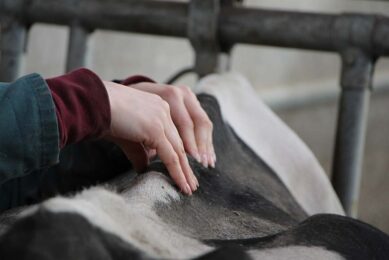
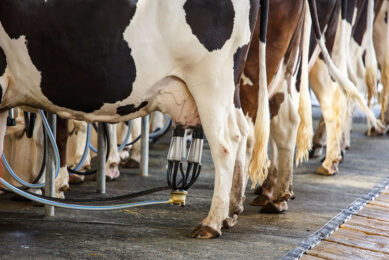
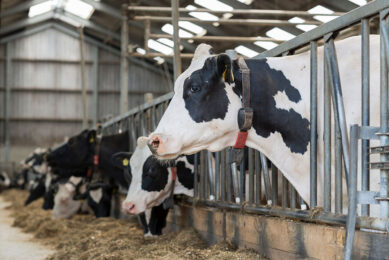
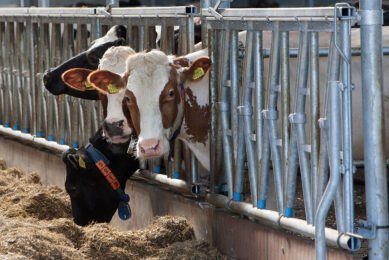
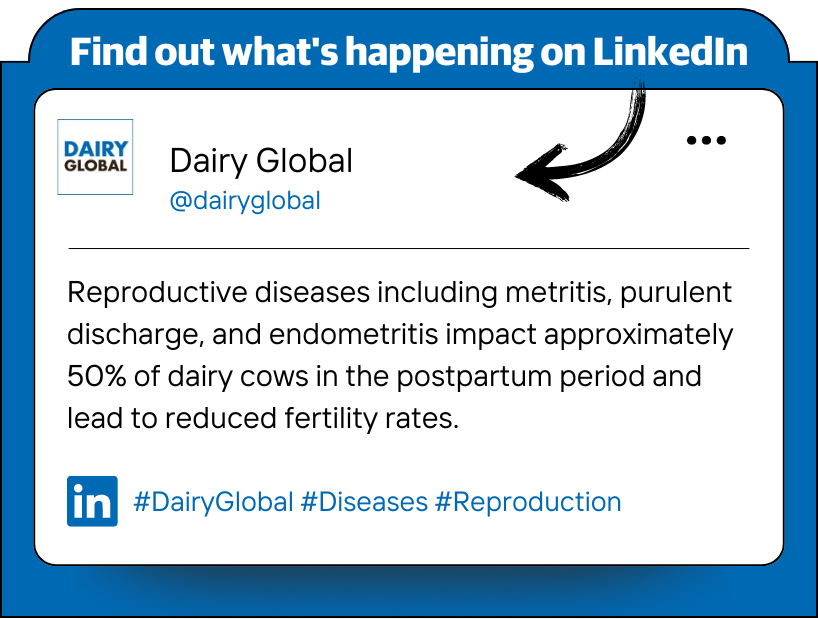



 WP Admin
WP Admin  Bewerk bericht
Bewerk bericht